
TARGET 100331
An Invention to Save a Building
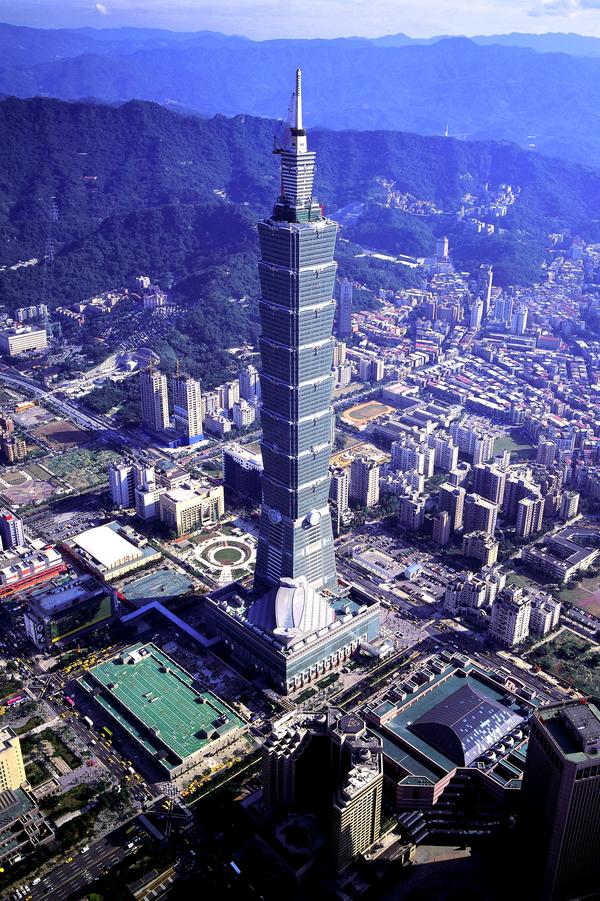
This is an impressive building. It is the "101 Taipei Tower" in Taipei, Taiwan. But the building, itself, isn't the target for this session. (If you described this building in your session, though, count it as a hit, too.) A particular object within this building is the target.
This building is in strong earthquake country, and as you can plainly see, its shape and size make it very vulnerable to shaky ground.
Because of it's "stack of blocks" shape, the top of the building would be most vulnerable to the shaking of the ground, below.That is why, up at the top of the building, on the 87th floor, they have hung a 728-ton steel ball as a pendulum which will swing the opposite way from the building, to stabilize it.
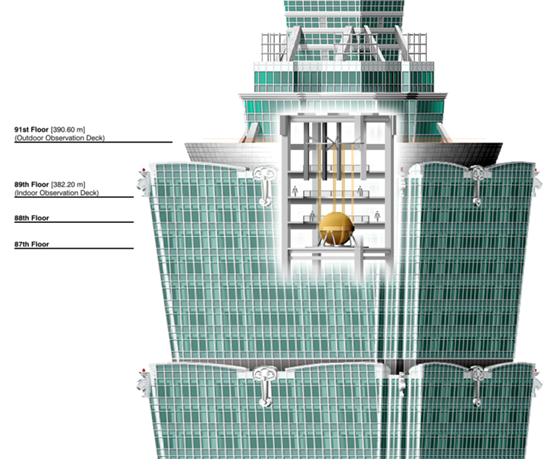
The building and its ball
As you can see from the animation, right, when the building sways one way, free-swinging ball tries to remain still, thereby pulling the building back so it can't sway too far out of alignment. As the shaking continues, the ball actually picks up a swing in the opposite direction, thereby stabilizing the top of the building. 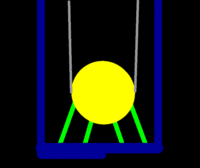
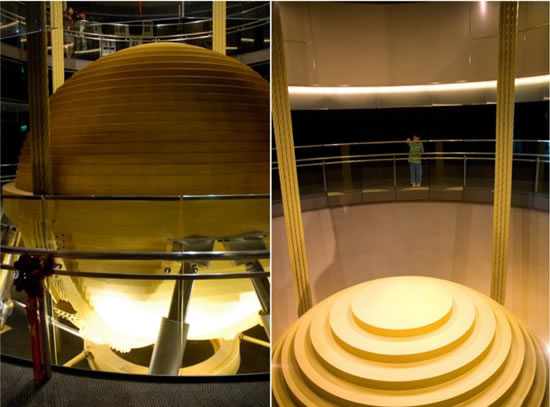
In the above picture, you can see both the shape of the ball as well as its supporting structure. If you notice the man in the right photo, who is looking at the ball, you will also get a good idea of its size.
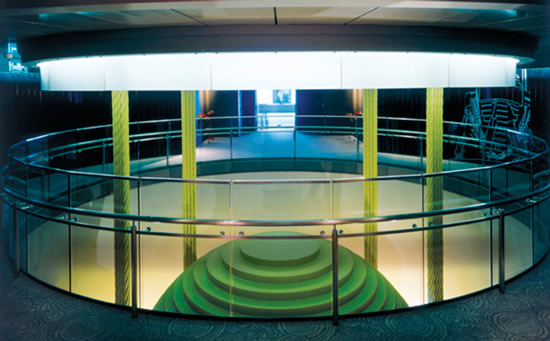
The viewing gallery
The ball is held up by four very strong and flexible straps. It is surrounded by a viewing gallery, and whenever there is an earthquake, many of the building's occupants run to the gallery to watch the ball's real and apparent motion (if you are standing in the gallery, part of the ball's apparent motion is actually the motion of the building in which you're standing).
The ball helps stabilize the building in case of strong winds as well as earthquakes. When the building moves in one direction, the ball tries to remain still, so it swings in the opposite direction (in relation to the building), reducing the building's sway by 40%.
It cost $4 million to install the huge damper in the skyscraper but architects and engineers said it had to be done. It spans across 4 of the building’s stories and it was assembled on site because it couldn’t be lifted by a crane, due to its enormous weight.FEEDBACK MAP
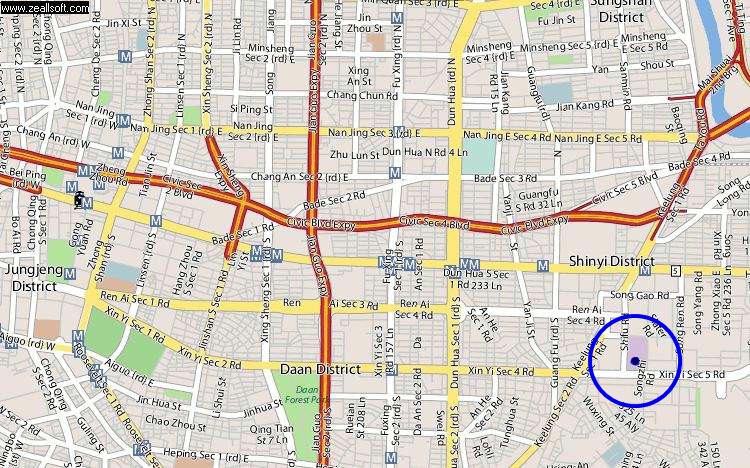
To learn more about the 101 Taipei Tower's stabilizer, take a look at the following web sites:
Wikipedia
Taipei 101 web site
Chinatown Connection Pictures and detailed facts about the building and its stabilizer.
Skyscraper page Details, measurements, odd facts, & other feedback.